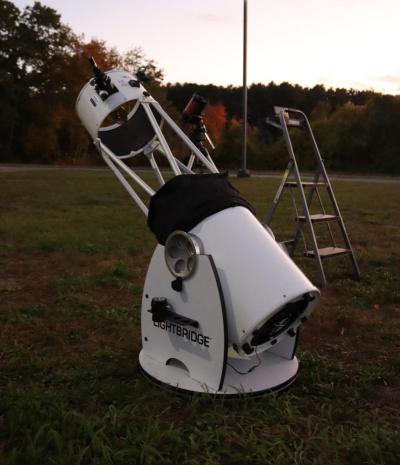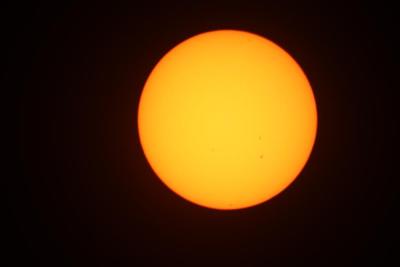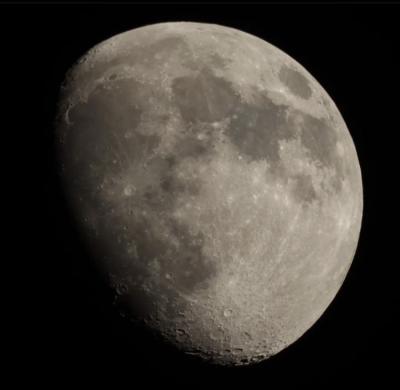High School Astronomy Club enjoys a night under the stars
Editor’s note: The Wareham Week has collaborated with Wareham High School to publish this article from The Viking Times, the high school’s student newspaper, courtesy of student reporter Emma McWilliams.
On Tuesday, April 23, weather permitting, the Wareham High School Astronomy Club will meet at the high school’s softball field from 8 to 9:30 p.m. to observe the sky, part of a monthly series of astronomy nights hosted by teacher Alfonso Navarro for students, parents, teachers and community members to view the night sky filled with planets, stars and constellations.
“I like to be able to share astronomy with so many students,” says Navarro.
For 10 of his 11 years at Wareham High School, Navarro has shared astronomy through the Astronomy Club. He says, “It was a natural fit” to become the club’s advisor, seeing as he teaches astronomy at the high school and has plenty of experience in the field.
Prior to teaching at Wareham High School, Navarro was a software engineer in New Hampshire and was involved in the New Hampshire Astronomical Society. His involvement included participating in many “sky watches,” where he brought astronomy equipment to high schools and shared the views with students. It is these sky watches that inspired the club’s monthly astronomy nights that are open for anyone to attend.
During astronomy nights, Navarro sets up telescopes on Wareham High School’s softball field to display close-up images of the moon, planets, star clusters and other visible night sky objects. He points out these objects and explains their movement along with other information like how they were discovered and how far they are from Earth.
Occasionally, man-made objects can also be seen. At a previous astronomy night, attendees were surprised with the chance to see a rocket launch from Virginia. Also, one of Navarro’s favorite sights is also man-made. “I do always enjoy to see the space station,” he says.
At the next astronomy night, Navarro says he will be focusing on a “little bit of everything.”
Though no planets will be visible, the Gemini, Leo, and Big Dipper constellations, galaxies, and globular clusters will be observed. The Big Dipper specifically will be “high in the sky” according to Navarro, making it easier to observe.
A full moon will also be visible both with the naked eye and telescope. Navarro plans to “pick out particular craters on the moon” as well as take a closer look at its mountain ranges, though the moon’s phase may lower the visibility of both.
On top of astronomy nights, Navarro will also continue to hold solar observing events. These take place on varying dates shortly after school. Thanks to the protective equipment used, students and teachers are able to safely look at the sun and pick out its sun spots.
The Astronomy Club will continue meeting for astronomy nights and solar observing until the end of the school year. Anyone interested in attending can find information on the club’s Facebook at WHSAstro or Instagram page at warehamastro.













